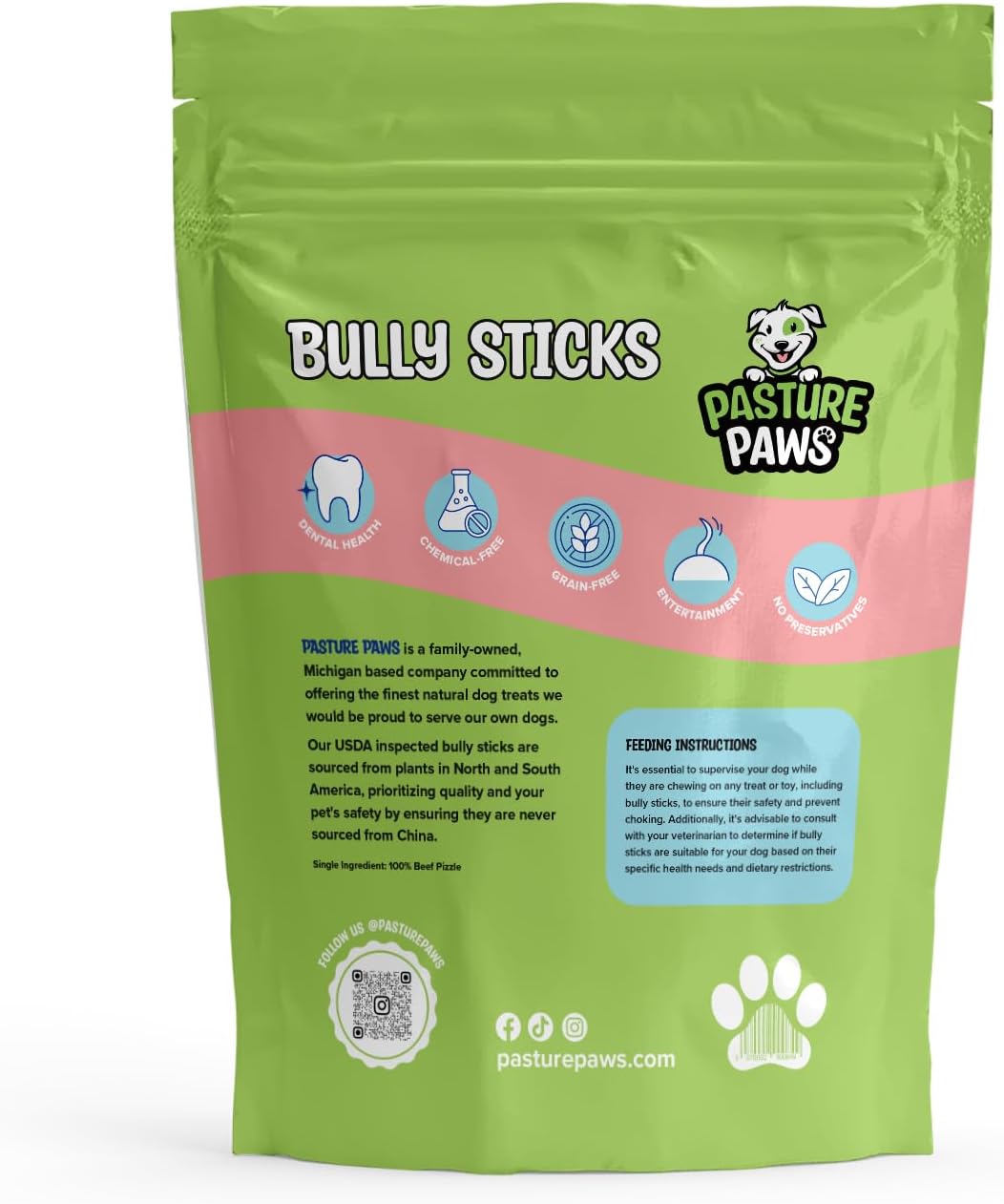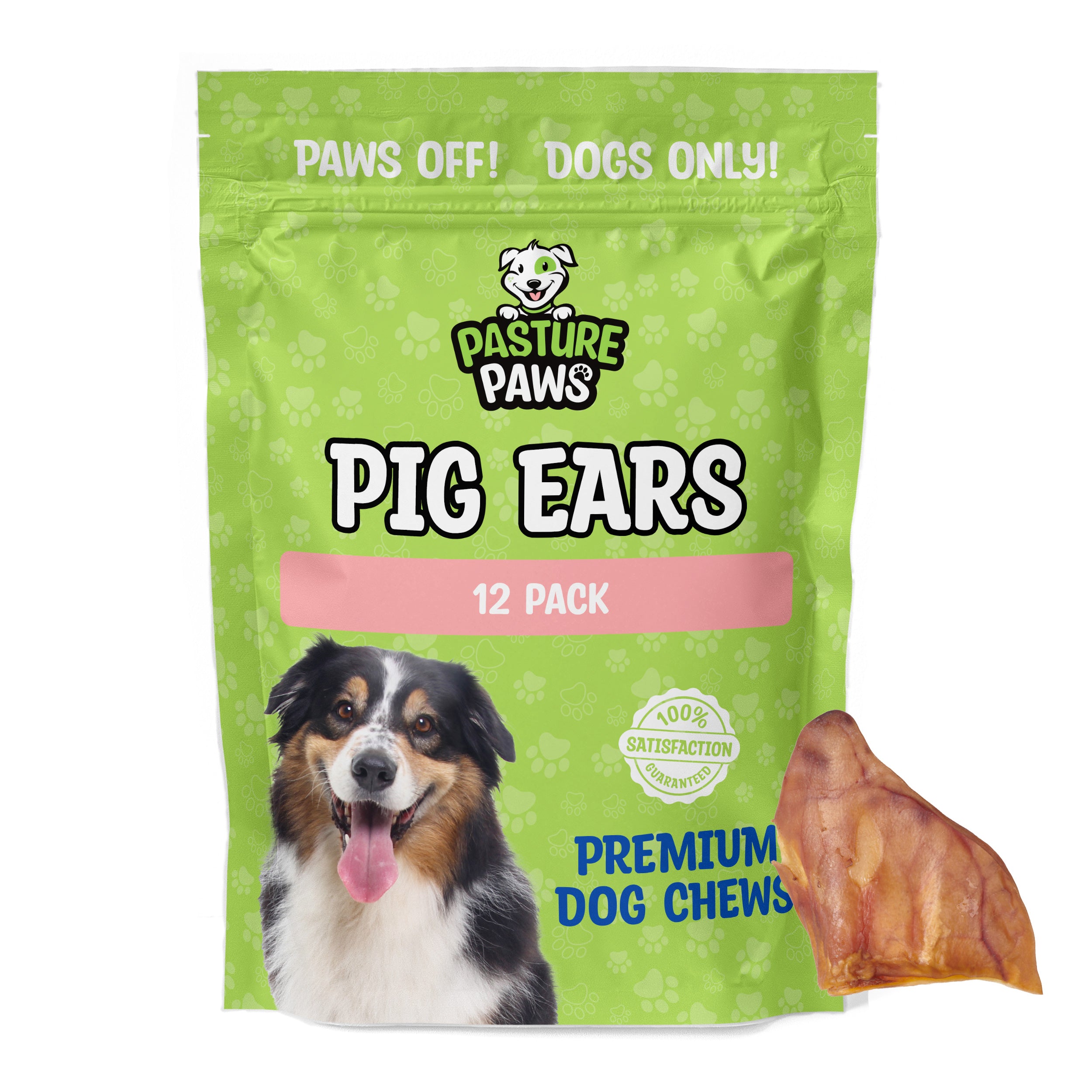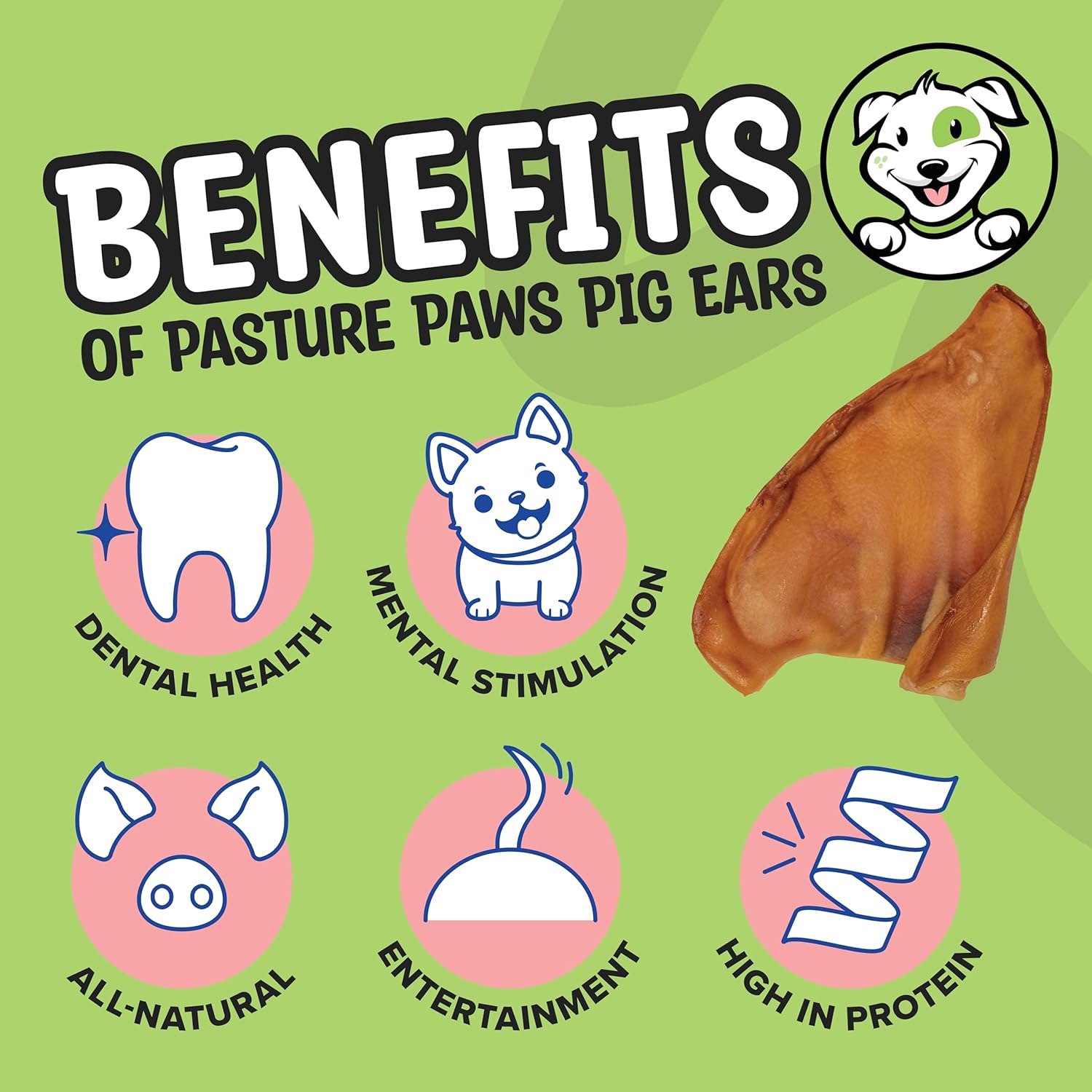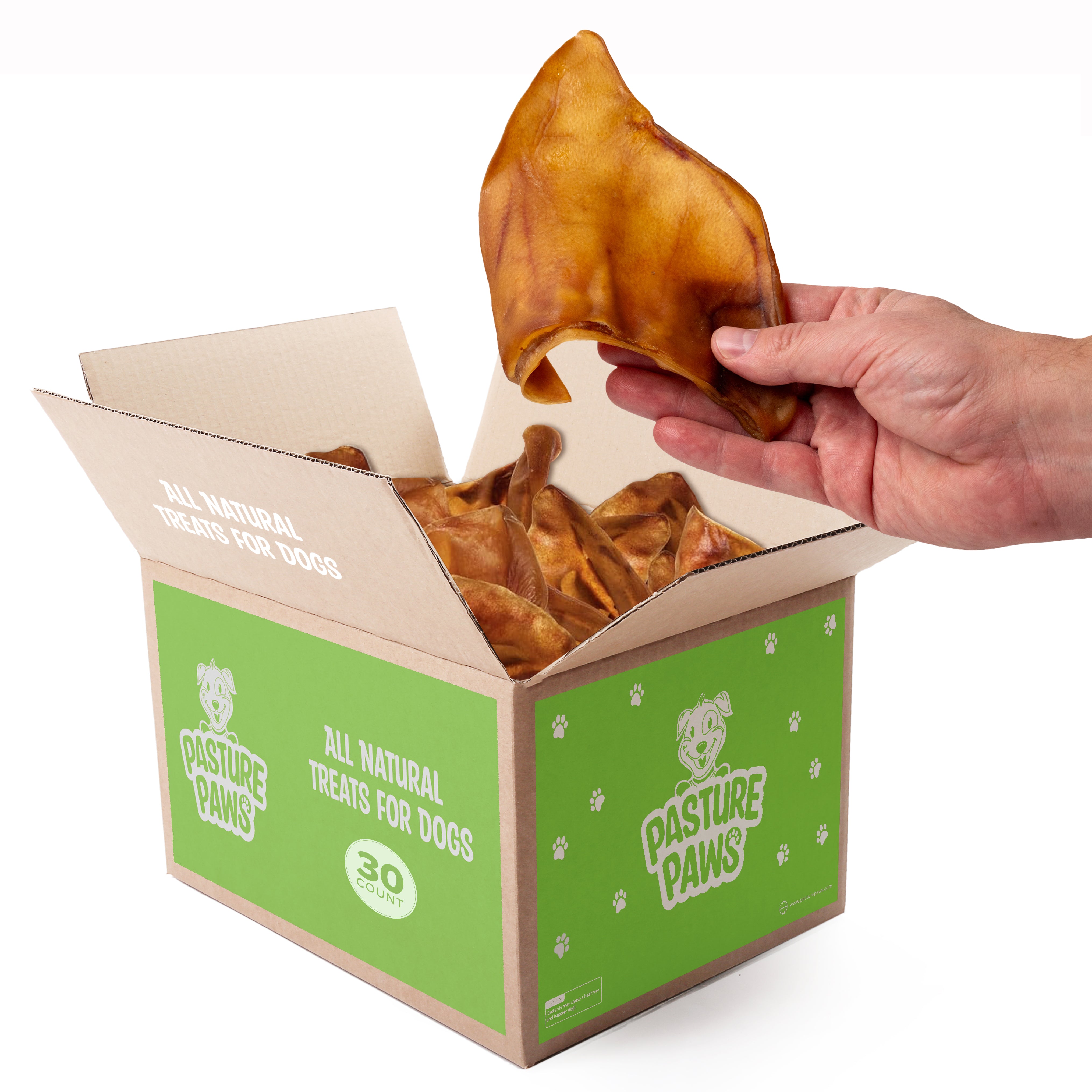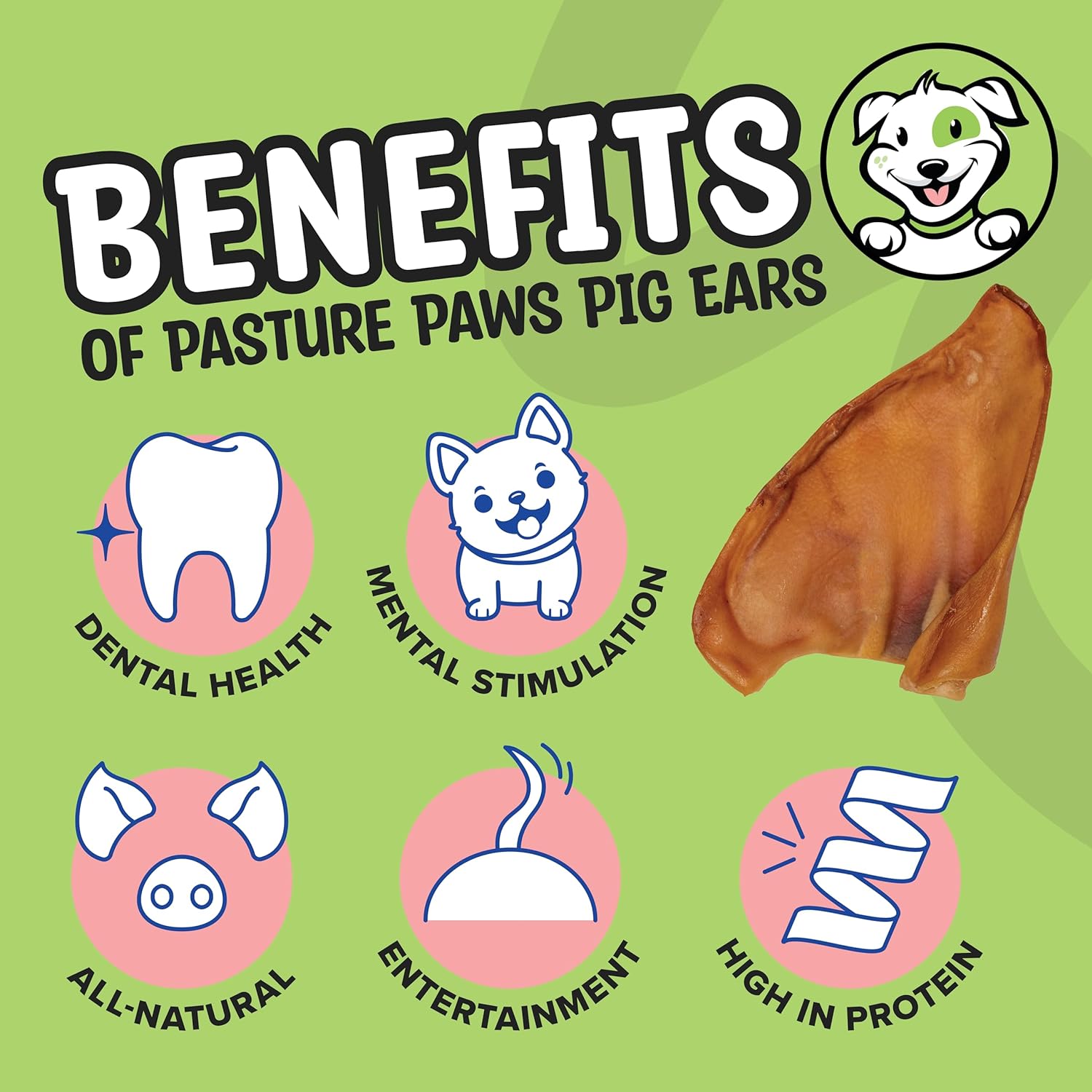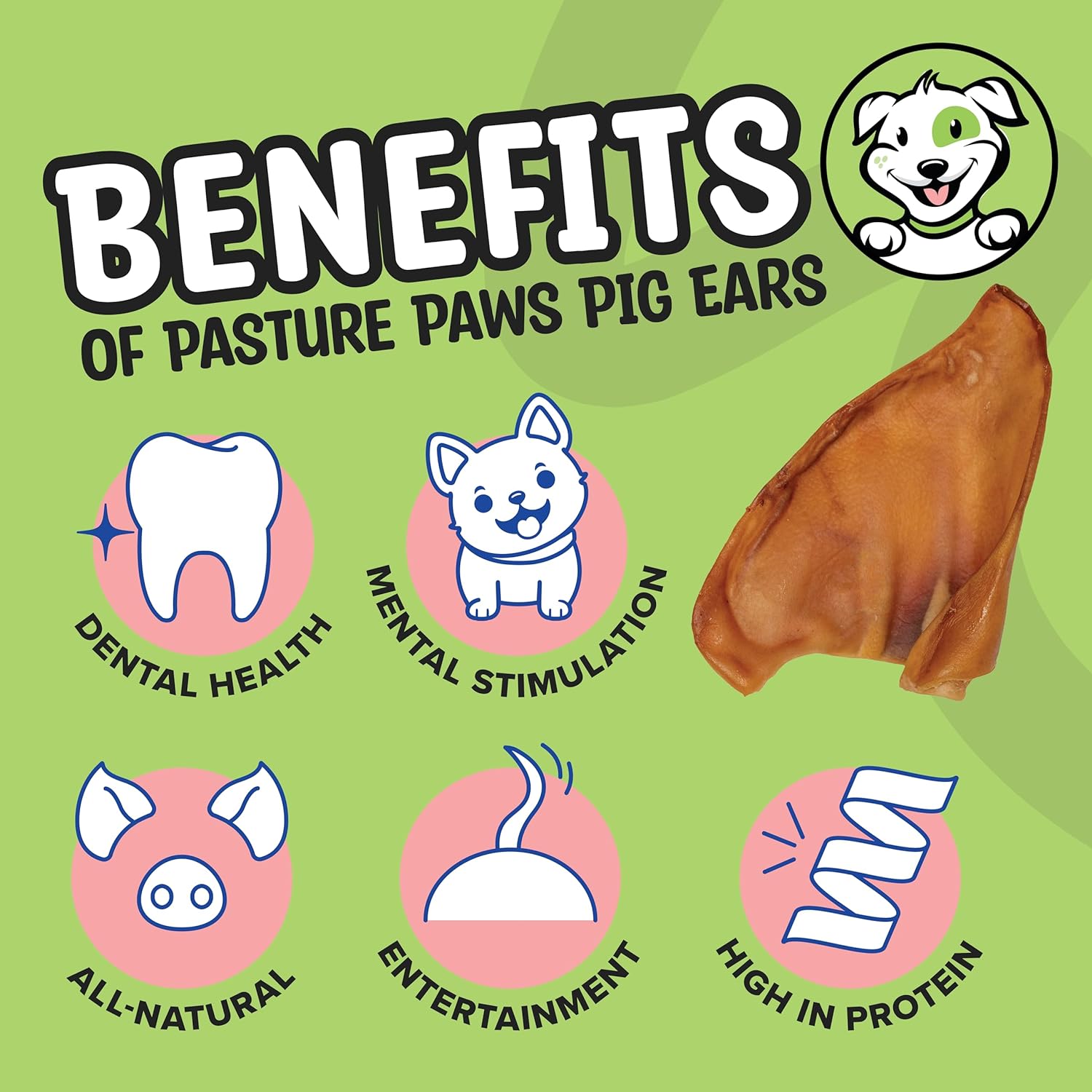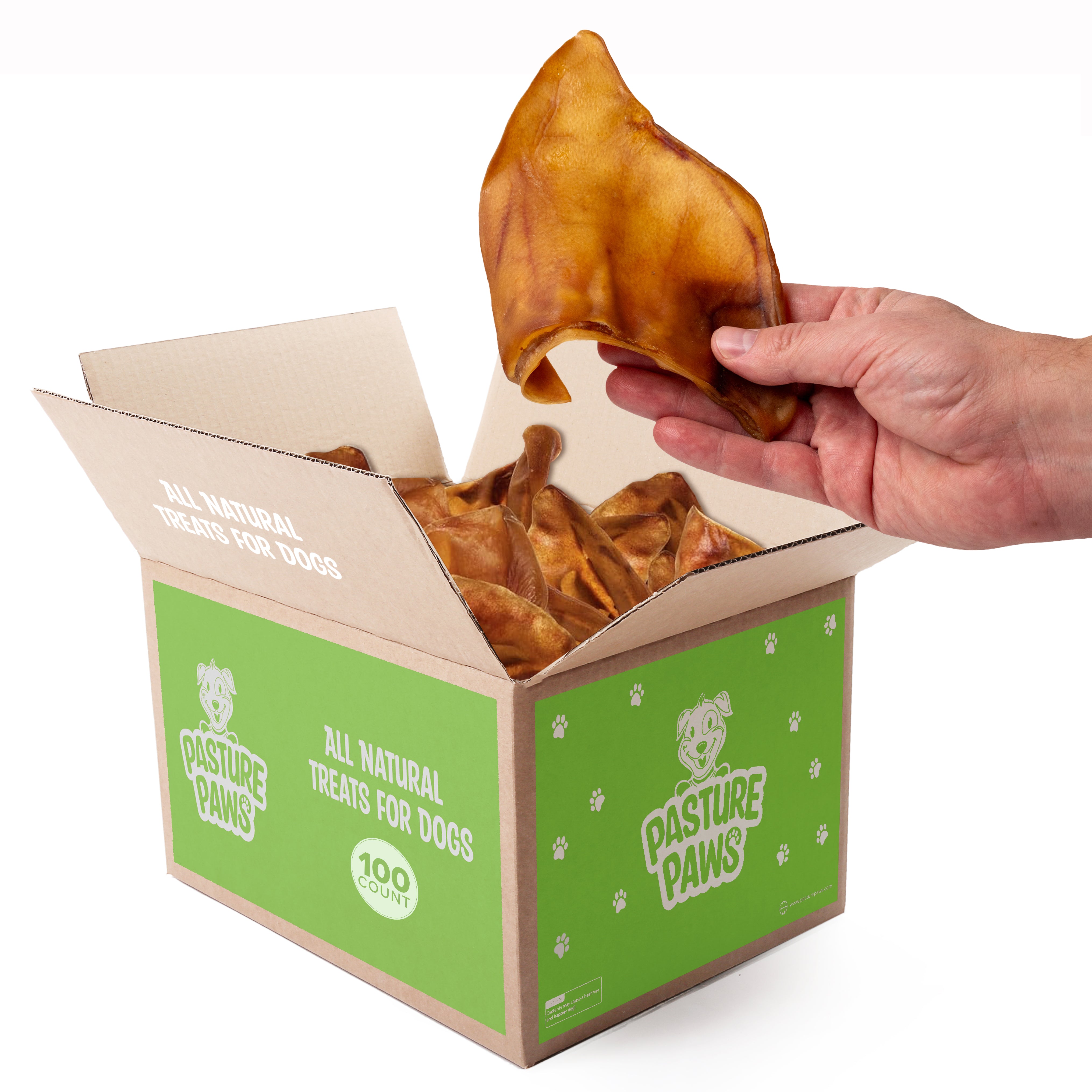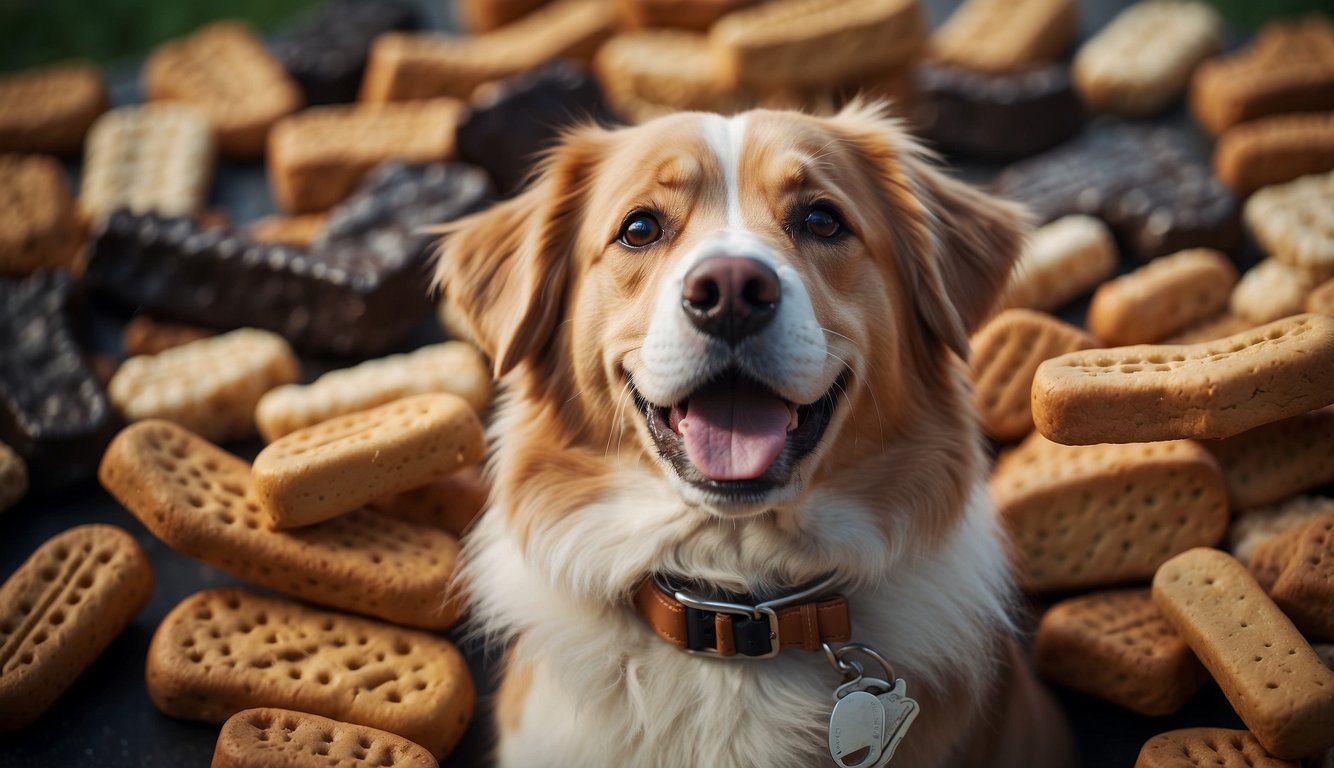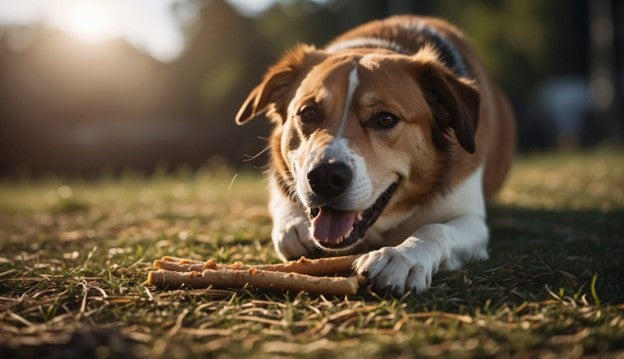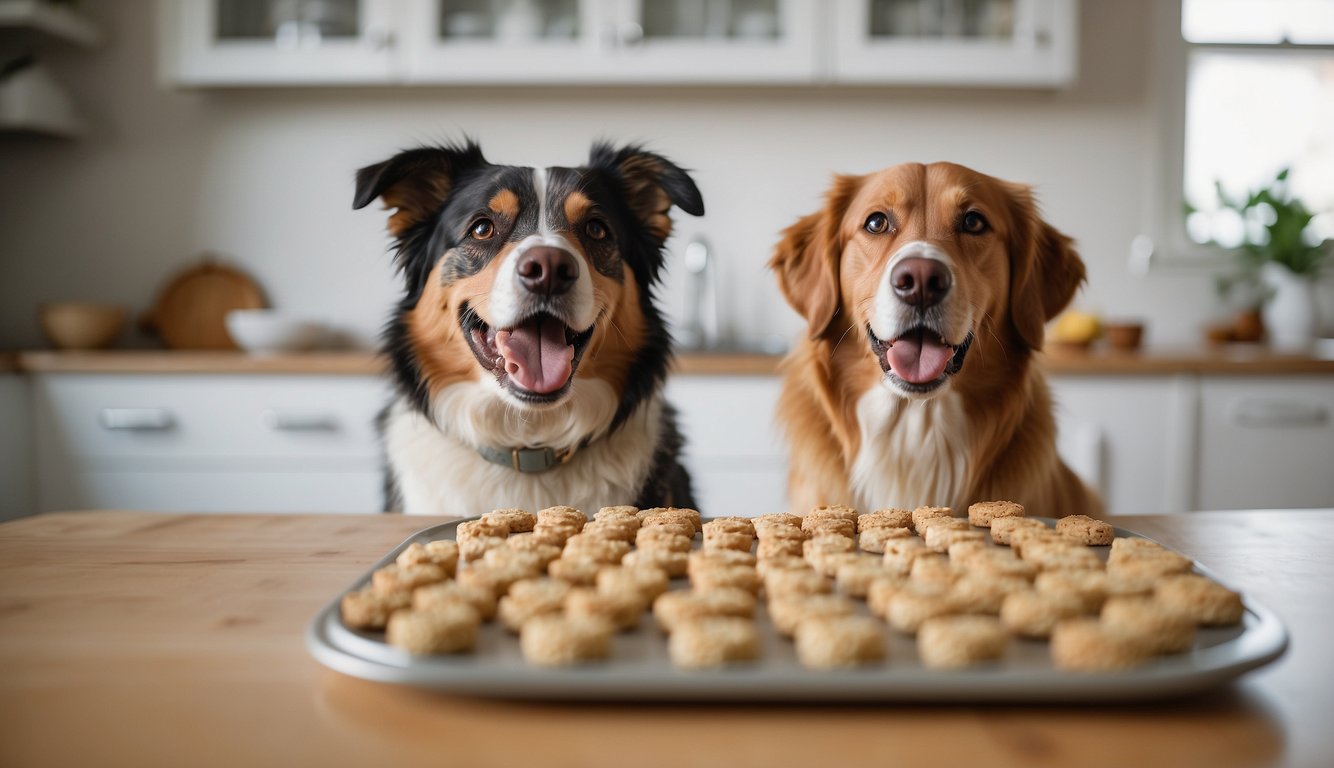Positive reinforcement is key when training your dog, and treats are one of the most effective rewards for good behavior. However, choosing the best training treats for your furry friend can be challenging, as many options exist.

First and foremost, consider the nutritional value of the treats you're giving your dog. Look for all-natural ingredients and avoid treats high in calories or artificial preservatives. Additionally, consider the size of the treat and how it fits into your dog's overall diet. You don't want to overfeed your pup or disrupt their balanced nutrition.
Choose treats your dog finds irresistible and easy to handle during training. Small, bite-sized treats are perfect for quickly rewarding good behavior. Pay attention to texture and flavor preferences, as some dogs love crunchy treats while others prefer soft and chewy ones. Considering these factors, you can find the best training treats to motivate your dog. Visit Pasture Paws to explore our collection.
The Importance of Treats in Dog Training

Treats can be an incredibly useful tool for training your dog.
Not only do they provide positive reinforcement for good behavior, but they can also help maintain your dog's motivation and focus during training sessions.
In this section, we'll explore the importance of treats in dog training and how they can be used to encourage positive behaviors.
Encouraging Good Behavior
Positive reinforcement training is a popular and effective method of dog training that rewards good behavior with treats.
When your dog performs a desired behavior, such as sitting or staying, you can offer them a treat as a reward. This helps to reinforce the behavior and encourages your dog to continue performing it in the future.
It's important to note that treats should be used as a supplement to positive reinforcement training rather than as the sole training method. Consistency and repetition are key to effectively training your dog, and treats should be used to reinforce good behavior rather than as a bribe.
Maintaining Motivation and Focus
During training sessions, you should keep your dog motivated and focused on the task. Treats can be a useful tool in achieving this. By offering your dog a treat as a reward for completing a task or performing a behavior, you can help maintain their motivation and focus.
Choosing the right treat for your dog is important, as some dogs may be more motivated by certain kinds of treats than others. For example, some dogs may prefer soft, chewy treats, while others may prefer crunchy treats. Experiment with different treats to find what works best for your dog.
Creating Positive Associations
Treats can reinforce good behavior, maintain motivation, and create positive associations with certain people, places, or activities.
For example, if your dog is nervous about going to the vet, you can offer them a treat after each visit to help create a positive association with the vet's office. It's important to use treats responsibly and avoid overfeeding your dog.
Treats should supplement your dog's regular diet rather than replace it. Always consult your veterinarian before introducing new treats to your dog's diet.
Choosing the Right Training Treats for Dogs

Choosing the right training treats for your dog can make all the difference in their training success. Here are some factors to consider when selecting the best treats for your furry friend.
High-Value Treats and Their Benefits
High-value treats are those that your dog finds particularly irresistible.
These treats can be especially useful when training new behaviors or for more challenging training sessions. Common high-value treats include chicken, beef liver, and sweet potatoes.
When using high-value treats, it is important to use them sparingly to prevent overfeeding and ensure your dog remains motivated to work for them.
Balancing Treats with Diet
While high-value treats can be useful for training, balancing them with lower-calorie options is important to prevent weight gain.
Look for treats that are low in calories but still tasty, such as small pieces of lean meat or vegetables. You can also try commercial low-calorie treats that are specifically designed for training.
Homemade vs. Store-Bought
If you prefer to make your treats, many recipes are available for homemade dog treats that are easy to make and healthy for your dog.
Homemade treats can be a great option if your dog has dietary restrictions or allergies. Just be sure to avoid ingredients that are toxic to dogs, such as chocolate, onions, and garlic.
Health Considerations for Training Treats

When choosing training treats for your dog, consider its overall nutrition and health needs. Understanding the ingredients of treats and addressing dietary needs and allergies can help ensure your dog receives the appropriate nutrients and avoids potential allergens.
Understanding Treat Ingredients
Many commercial dog treats contain grains and gluten, which can be difficult for some dogs to digest. If your dog has a sensitive stomach, it is important to read the ingredient list and look for grain-free and gluten-free treats.
Additionally, some treats may contain artificial preservatives that can harm your dog's health. Look for treats that use natural preservatives, such as vitamin E.
Addressing Dietary Needs and Allergies
Dogs with dietary needs or allergies require special attention when choosing training treats.
Look for treats specifically formulated to address your dog's needs, such as those containing omega-3 fatty acids for healthy skin and coat or immune-boosting nutrients.
If your dog has a specific allergy to beef, look for treats made from alternative proteins, such as chicken or fish. It is also important to consider the overall nutritional content of your chosen treats.
Look for treats high in protein and low in calories to ensure your dog receives the appropriate nutrients without overindulging.
Top Rated Dog Training Treats

Treats are a great way to reinforce positive behavior when training your dog. However, not all treats are created equal, and choosing the right ones for your dog's breed, life stage, and training needs is important.
This section will explore how to choose training treats catering to different breeds and life stages and ensure portion control and timing for maximum effectiveness.
Catering to Different Breeds and Life Stages
Different breeds and life stages have different nutritional needs, which should be considered when choosing training treats.
For example, small breeds may need smaller treats to avoid overfeeding, while large breeds may need larger treats to provide enough incentive.
Puppies may also have different needs than senior dogs and should be given treats that are easy to chew and digest. When choosing training treats, it's also important to consider the ingredients.
Look for treats made with high-quality, nutritious ingredients that support your dog's overall health. Avoid treats that contain fillers, artificial preservatives, or other unhealthy additives.
Some of the best training treats for dogs include:
- Stuffed Shin Bones: Available in 5-6" (3 pack) and 2-3" (6 pack), these long-lasting treats keep dogs engaged and satisfy chewing instincts, perfect for training sessions.
- Beef Trachea Dog Chews: Offered in 12" and 6" sizes, these chews promote joint health and keep dogs entertained, making them ideal for training rewards.
- Pasture Paws Cow Hooves: Available in packs of 25 and 10, these durable chews help clean teeth and provide a flavorful treat, great for training rewards.
- Beef Knee Cap: This high-protein, single-ingredient treat promotes dental health and serves as a delicious and effective training reward.
Ensuring Portion Control and Timing
Portion control and timing are also important factors when using training treats.
Giving your dog too many treats can lead to weight gain and other health problems, so it's important to use treats in moderation.
It's also important to time your treats correctly so that your dog associates them with positive behavior. One way to ensure portion control and timing is to use small, pea-sized treats during training sessions.
This allows you to give your dog frequent rewards without overfeeding. You can also use treats as a reward after training sessions, rather than during, to reinforce positive behavior.
Conclusion
Discovering the ideal training treats for your dog is crucial for an effective training regimen. The best training treats delight your dog and support their health. As you choose treats, balance high quality with affordability and consider your dog's dietary requirements. The right treats and consistent training will strengthen your bond with your furry companion and enhance your home life. Ready to find the perfect treats? Visit Pasture Paws now and explore our collection of top-quality training treats to buy!
Recommended Articles
- Best Chew Treats for Dogs: A Comprehensive Guide
- Best Dog Treats for Dogs: Top Picks for Healthy & Tasty Snacks
Frequently Asked Questions
What are the most suitable training treats for dogs with sensitive stomachs?
If your dog has a sensitive stomach, it's important to choose training treats that are easy to digest and don't contain any common allergens. Some good options include single-ingredient treats like freeze-dried chicken or beef or treats made with limited ingredients like sweet potato or pumpkin.
Can you use dog food as training treats?
Yes, you can use dog food as training treats, especially if it's high-quality and appealing to your dog. This approach can be beneficial for maintaining a balanced diet and preventing overfeeding with extra treats.
What to avoid in dog training treats?
Avoid dog training treats that contain artificial colors, flavors, or preservatives. Also, steer clear of treats high in fat and calories, which can lead to weight gain. Look for natural, wholesome ingredients that provide nutritional benefits.
What happens if I give my dog too many treats?
Giving your dog too many treats can lead to weight gain and associated health problems like diabetes and joint issues. It can also disrupt their regular diet, leading to nutritional imbalances. Always use treats sparingly and consider their calorie content as part of the dog's daily intake.

